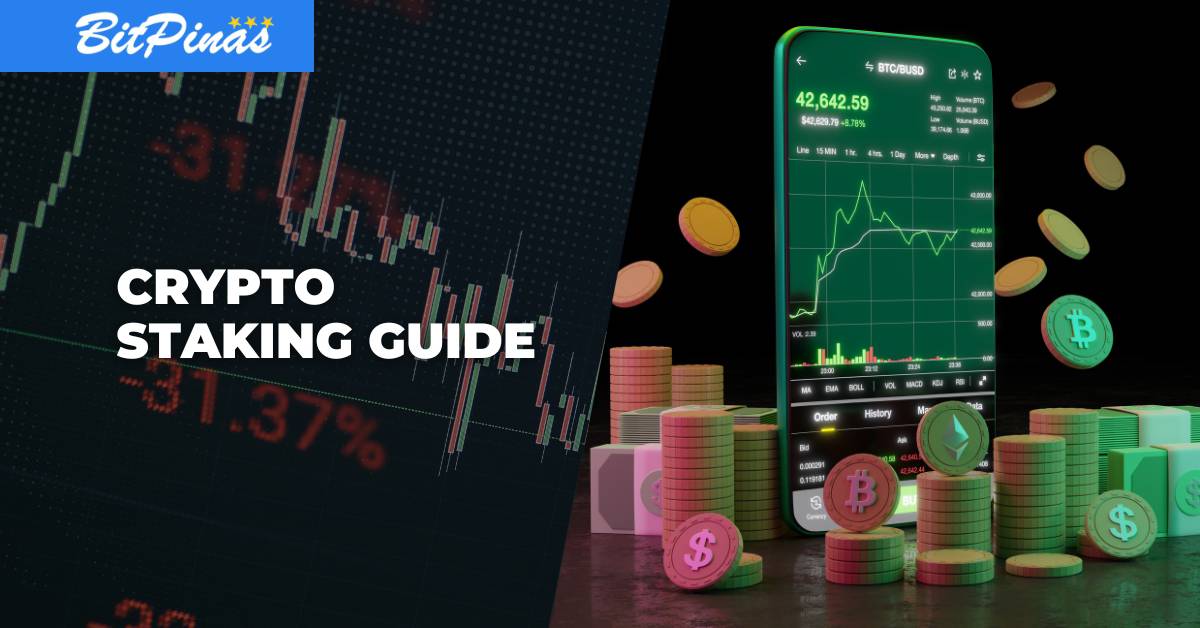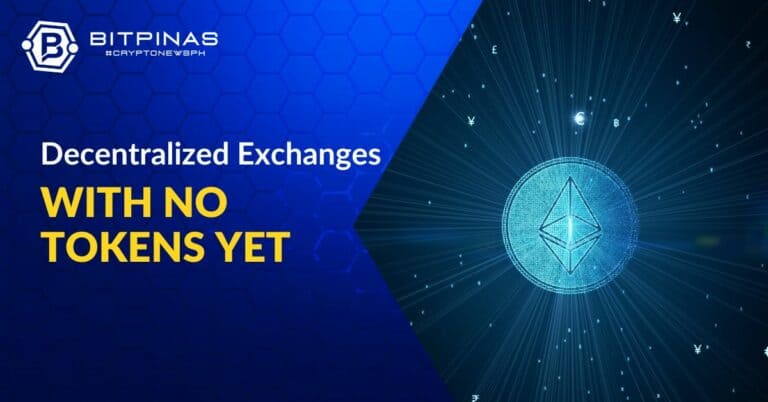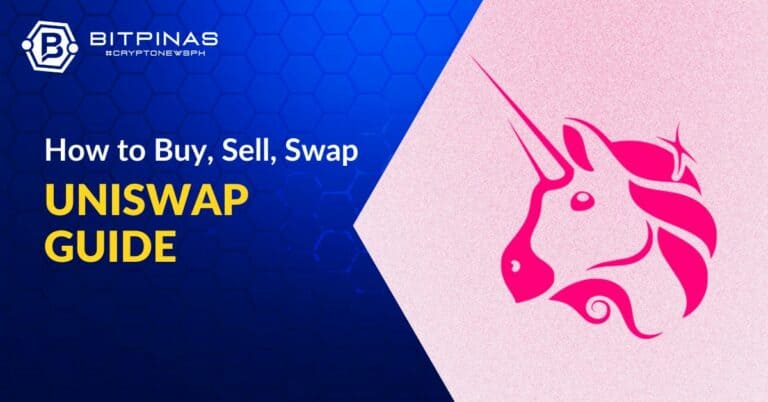Crypto Staking 101: How to Earn Passive Income in Crypto and Web3
Our guide provides a step-by-step process, the associated risks, and the best practices to optimize your crypto earnings.

- Staking is a process by which individuals pledge or lock their cryptocurrencies in a special wallet that connects to a blockchain network to support its security and operation.
- The closest comparison to crypto staking is when you put your savings into your local bank through an account. By entrusting your money to your local bank, the bank will have the opportunity to use the money for investing, and when the time comes, your money will earn interest.
- Staking is only possible through a proof-of-stake consensus mechanism. And the reason why the amount of crypto that you staked gained interest is that your crypto is part of the mechanism’s process.
The #CryptoPH community witnessed an exciting event in 2022: popular crypto influencer Kookoo and Coins.ph have collaborated to support the community-driven $RON validator node. This moment happened to let Pinoy crypto traders stake their $RON to support Kookoo’s campaign to be one of the network validators.
(Read more: Coins.ph, Kookoo Crypto TV to Run Community $RON Validator Node)
We are still in our series about earning free crypto in 2023. And today, let us talk about staking, how it works, and its processes and associated risks.
What is Staking?
Staking is a process by which individuals pledge or lock their cryptocurrencies, which are considered their “stake,” in a special wallet that connects to a blockchain network to support its security and operation.
Basically, when you stake your cryptocurrency, you are helping to secure the chain and validate transactions on the blockchain. But joining these staking activities does not only show that you support the network, but you can also earn passive income.
The closest comparison to crypto staking is when you put your savings into your local bank through an account. By entrusting your money to your local bank, the bank will have the opportunity to use the money for investing, and when the time comes, your money will gain interest.
How Does Staking Work?
Staking is only possible through a proof-of-stake (PoS) consensus mechanism. Blockchain networks use this mechanism to guarantee that all transactions are verified and secured without a centralized entity or middleman.
Further, under a PoS consensus mechanism, blocks are created and are not mined. And once a transaction in the block has been verified, a node is selected to create a new block, which will be added to the blockchain.
And the reason why the amount of crypto that you staked gained interest is that your crypto is part of this process—the node that has been selected will receive a transaction fee from the block, which will be distributed to those who staked their crypto.
Choosing the Right Crypto for Staking
Since staking is only possible through a PoS consensus mechanism, major blockchain networks Bitcoin and Ethereum do not allow crypto staking as they use a proof-of-work (PoW) consensus mechanism.
However, some of the known blockchains that do crypto staking are Ethereum 2.0, or the transition of the network from PoW to PoS; Tezos, a blockchain that supports smart contracts and decentralized applications; Cosmos, a network that aims to create an internet of blockchain; Solana, a blockchain that claims to offer scalability; and Cardano, a network that declares to deliver a more sustainable, scalable, and inclusive system for smart contracts and decentralized applications.
There are definitely many blockchains that do staking activities, and these are just some of those we consider major blockchains. There are also websites that provide a list of this kind of activity, such as NerdWallet and Learn 2 Trade.
Lastly, there are also crypto exchanges, such as Coinbase, Binance, and Kraken, that offer staking opportunities in-house on their platform, so that you do not have to go to different websites to perform staking.
Are There Risks Associated with Joining Crypto Staking Activities?
In this ever-promising, passive way to earn free crypto, of course, there are risks that are associated with it.
We know that the crypto market is too volatile; thus, if the price of your staked crypto suffers a sudden drop, the interest you earn could be outweighed. Unstaking your staked assets also takes several days, so you might not be able to access your crypto right away if you want to take advantage of market opportunities.
Meanwhile, network security issues might also happen, where a malicious actor gains control of more than half of the network’s validators and can manipulate transactions or create forks. There are even reports that there are funds being hacked, stolen, lost, frozen or the staked crypto value suddenly going to near-zero due to bugs, glitches, or errors in the staking platform, protocol, or wallet.
Closing Thoughts
Indeed, staking has become a good opportunity for crypto owners looking to maximize their yield in this space. By participating in crypto staking, investors can earn passive income, in the form of free crypto, while actively contributing to the security and stability of blockchain networks.
So do not miss out on the chance to be part of this exciting and innovative investment strategy. Start staking your cryptocurrency today and harness the potential of the crypto staking revolution!
This article is published on BitPinas: Crypto Staking 101: How to Earn Passive Income in Crypto and Web3
Disclaimer: BitPinas articles and its external content are not financial advice. The team serves to deliver independent, unbiased news to provide information for Philippine-crypto and beyond.




